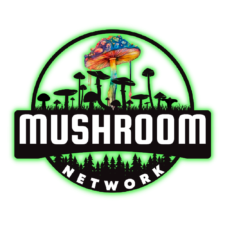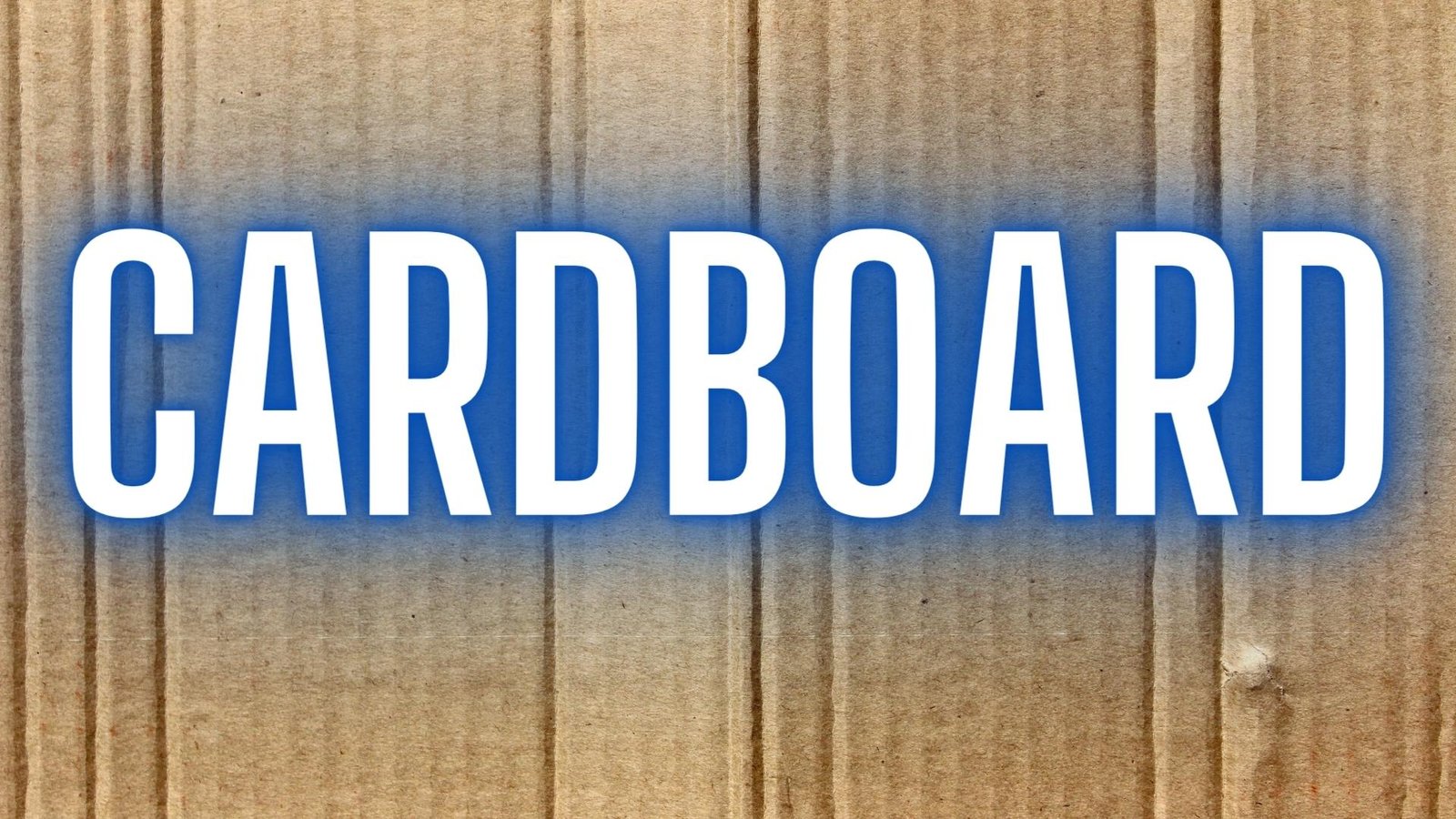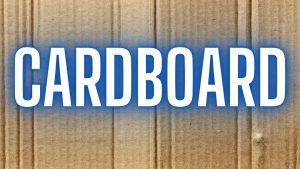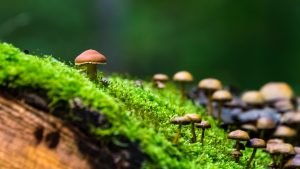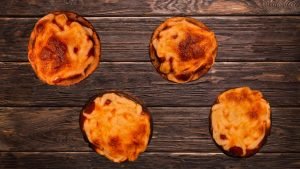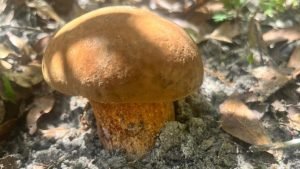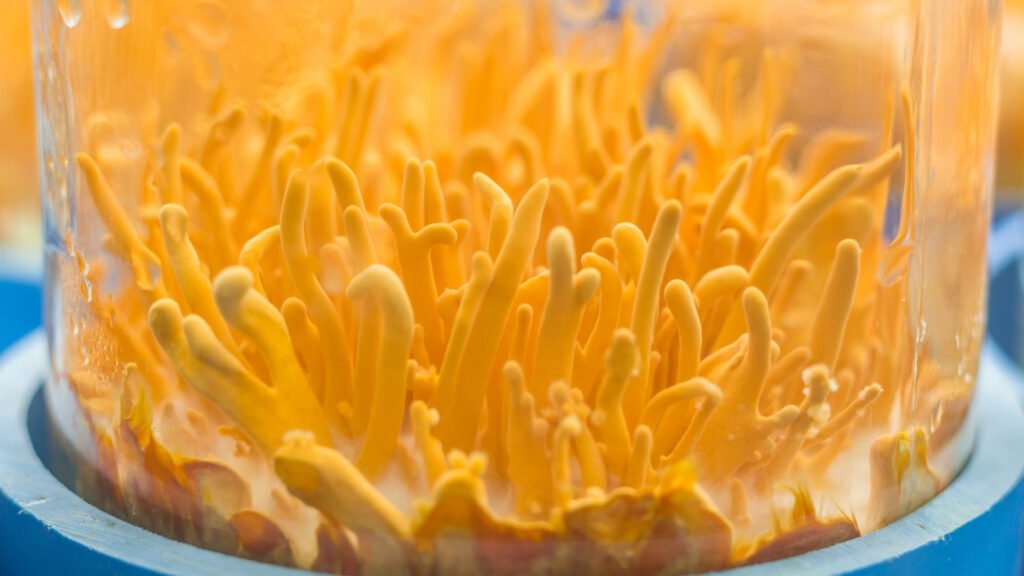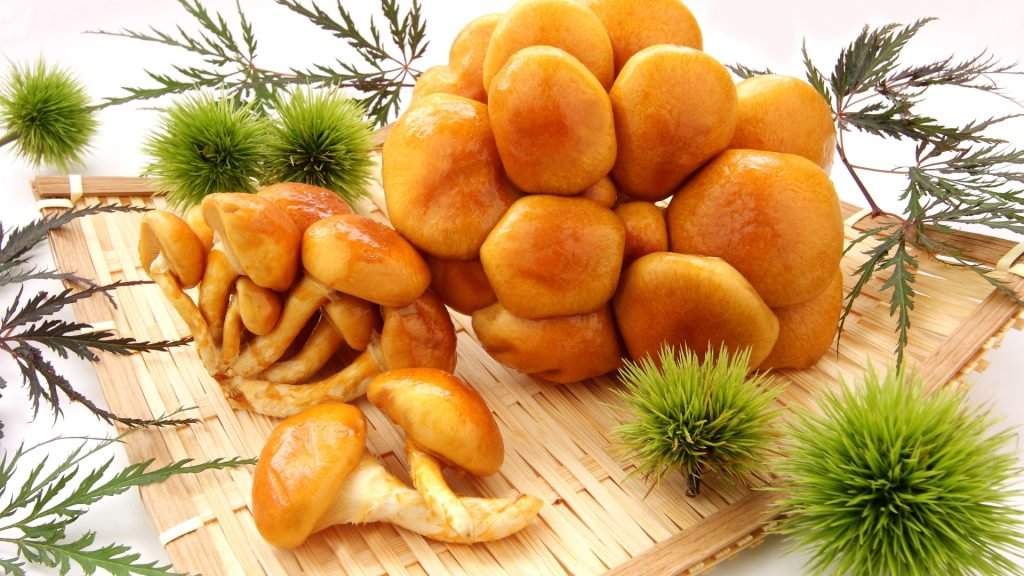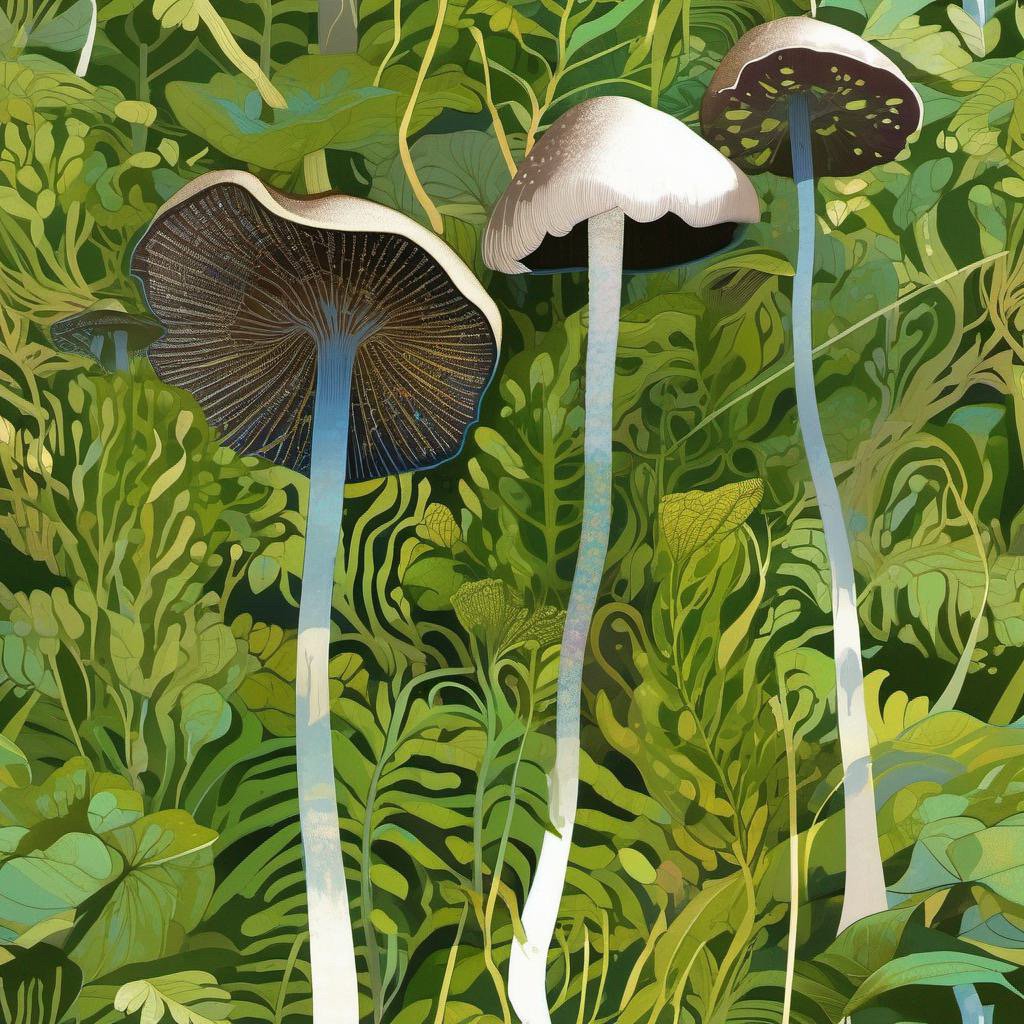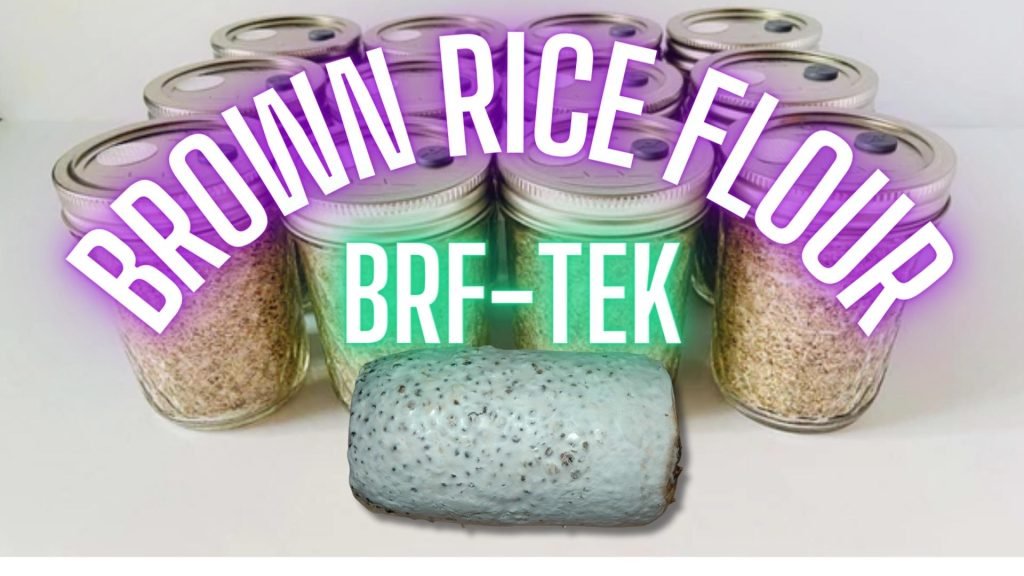An often-overlooked resource, cardboard not only encases our goods but also serves as a treasure trove for mushroom cultivation. As sustainable and readily available as it is effective, delve into this guide to harness the potential of cardboard substrates.
Target Audience:
Venturing into cardboard-based substrates is a versatile endeavor. It’s welcoming for newcomers due to its accessibility and simplicity, but equally intrigues seasoned mycologists for its sustainable approach and unexpected efficiency.
INTRODUCTION:
This living testament to mycological knowledge aims to be a perennial source of insights, reflecting the ever-evolving realm of mushroom cultivation. Embark with us as we uncover each essential element, showcased in an easy-to-refer chart.
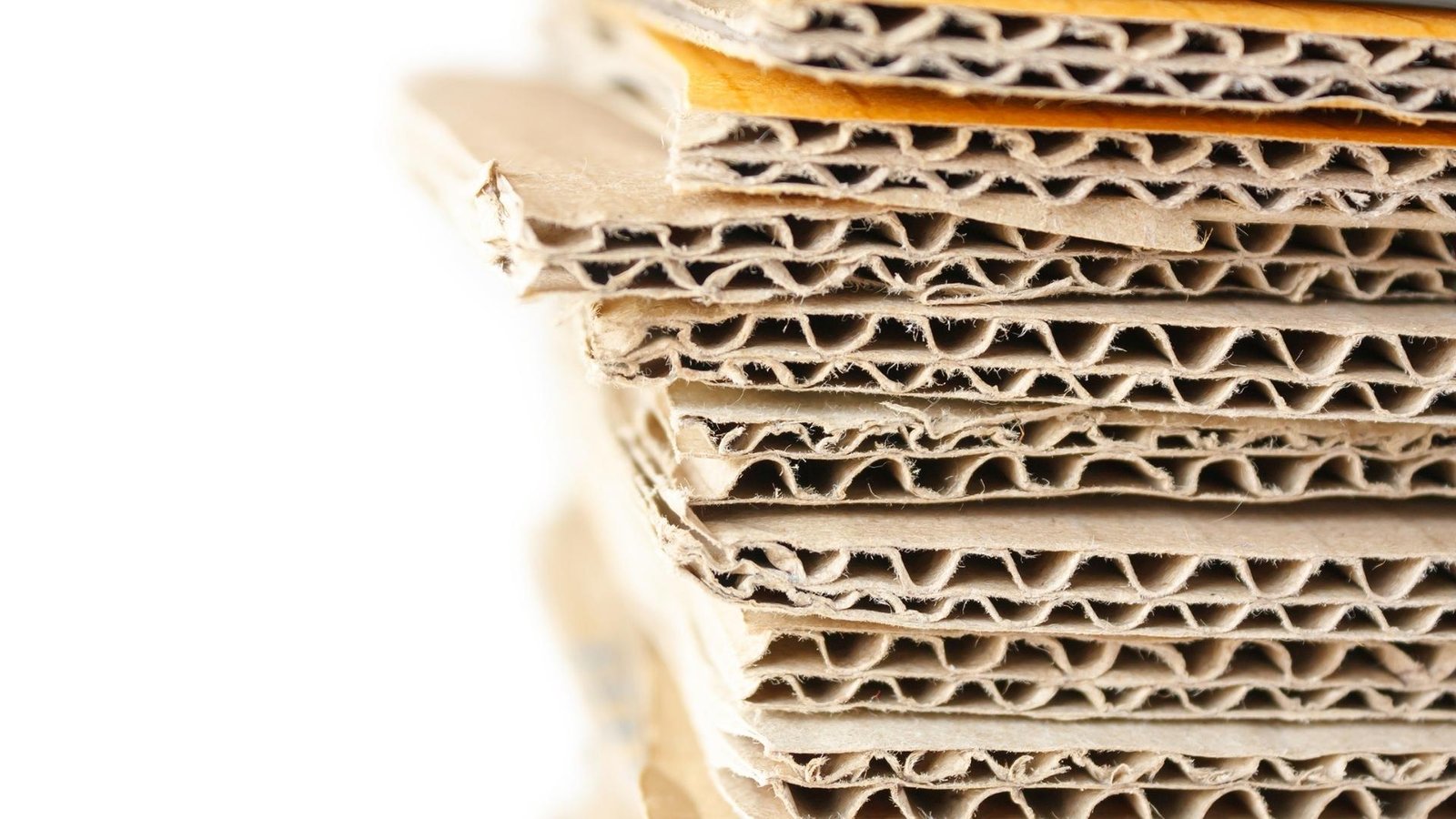
MATERIALS NEEDED:
- Cardboard (preferably plain, without colored inks or glossy finishes)
- Water
- Bowls or trays for soaking
- Scalpel or sharp knife
- Pressure cooker or steaming pot
- Gypsum (optional, yet beneficial for texture and mineral addition)
Cardboard TEK Quick Reference Chart:
| ITEMS | PER PINT JAR | PER QUART JAR |
| Cardboard strips | 15-20 pieces | 30-40 pieces |
| Water | 150ml | 300ml |
| Gypsum (optional) | 1 teaspoon | 2 teaspoons |
| Pressure Cooking PSI | 15 PSI | 15 PSI |
| Pressure Cooking Time | 90 Minutes | 90 Minutes |
Note: Gypsum and Karo syrup are optional, but they enhance texture and nutritional content.
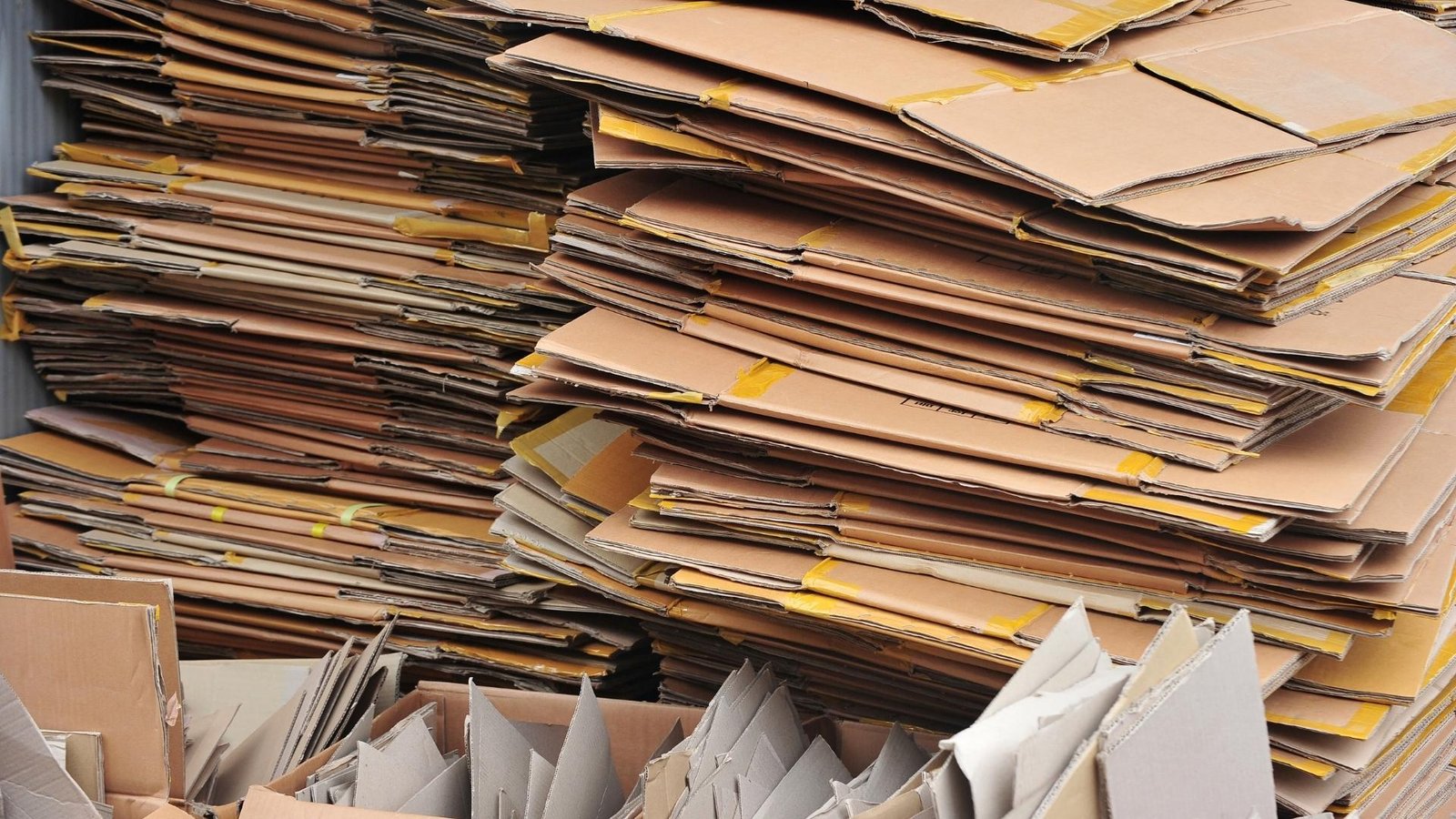
PROCEDURE:
Cardboard Selection:
- Your journey begins by choosing the right kind of cardboard. Always opt for plain, unbleached corrugated cardboard, devoid of any colored inks, glosses, or other chemical treatments. These additives can be detrimental to mycelial growth and introduce unnecessary contaminants.
Preparation and Sizing:
- With a pair of clean scissors or a utility knife, cut the cardboard into manageable strips or pieces.
- Ensure these are sized appropriately to fit into your chosen jars without too much bending or folding, as you’ll want the cardboard layers to lay relatively flat.
Saturation Process:
- Submerge the cardboard strips in water, letting them soak until thoroughly saturated. This ensures the cardboard provides a moisture-rich environment, conducive for mycelial growth.
Incorporation of Gypsum:
- If you’re including gypsum in your substrate blend, this step is crucial. As you layer the saturated cardboard pieces into the jars, sprinkle a consistent amount of gypsum between the layers.
- Gypsum can enhance the texture of the substrate, offering a more favorable pH and additional nutrients.
Sterilization Time:
- Filling: Load the jars with the layered cardboard and either place them in a pressure cooker, maintaining 15 PSI for 90 minutes
- PLEASE NOTE: If you followed our recipe (shown above) you shouldn’t have to worry about this however, ensure you leave about a 1-inch gap at the top to facilitate room for expansion and air exchange.
- If a pressure cooker is not available, steam the jars in a pot with a tightly fitting lid for approximately 2 hours.
- Securing Lids: When placing the lid, ensure the rubber seal faces upward. This helps prevent the jars from getting vacuum-sealed during the sterilization process. Another option is to use a mycology lid such as one that contains a filtered vent and/or injection port (we have articles, DIY Supplies, and both Free & Paid for Mycology Courses hosted on our 🍄 Mushroom Academy!
- Foil Cover: Wrap the tops of the jars with aluminum foil. This provides an added layer of protection against potential moisture intrusion during pressure cooking.
Cool and Ready:
- After the sterilization process, it’s essential to let the jars return to room temperature. Inoculating while the substrate is still hot can damage or kill the mycelium. Thus, always exercise patience at this stage.
Remember, each step is integral to the success of your mycological endeavors. The universe of mushrooms is expansive, each variant bearing its own unique charm and characteristics. The Marketplace on the 🍄 Mushroom Network is a testament to this diversity. It is a haven for those seeking a deeper understanding of the magical world of mushrooms. If you’re keen on learning more about this type of mushroom and other mushroom variants, this Marketplace is your ultimate resource.
No posts found!
ADDITIONAL INSIGHTS & TIPS:
Corrugation Matters: One of the primary reasons cardboard proves effective as a substrate is the corrugated structure. These tiny ridges and valleys offer a micro-habitat, providing both shelter and pathways for mycelium, aiding faster and more robust colonization.
Wood-Lovers’ Paradise: Cardboard, being primarily composed of cellulose, is an attractive substrate for wood-loving mushroom species. Thus, if you’re cultivating strains that thrive on wood-based substrates, cardboard can be an unexpectedly efficient choice.
Maintaining Sterility: Although cardboard might seem like a simple and perhaps even primitive substrate choice, the fundamentals of mycology still apply. Always ensure your work environment is as sterile as possible. This is particularly vital during the inoculation stage, where the risk of contamination is heightened.
Eco-Friendly & Budget-Friendly: Cardboard offers a sustainable substrate option, especially for cultivators keen on recycling and reusing materials. Furthermore, its cost-effectiveness makes it a fantastic choice for those looking to experiment without investing heavily in more traditional substrate materials. The easy availability of cardboard also means you can scale up or down with minimal constraints.
Staring at a pile of cardboard and feeling the thrill of potential? Propel your enthusiasm with expert-led guidance at the 🍄 Mushroom Academy. With courses sculpted to fit every learning curve, the nuances of cardboard TEKs and beyond are demystified. Elevate your cultivation confidence and watch as those once discarded boxes become flourishing fungal homes! Whether you’re a beginner eager to learn or an experienced mycologist looking to broaden your knowledge, the 🍄 Academy has something for everyone.
Related Reads:
Substrate for Mycology: A Comprehensive Guide on Using Cardboard
An often-overlooked resource, cardboard not only encases our goods but also serves as a treasure...
Read More...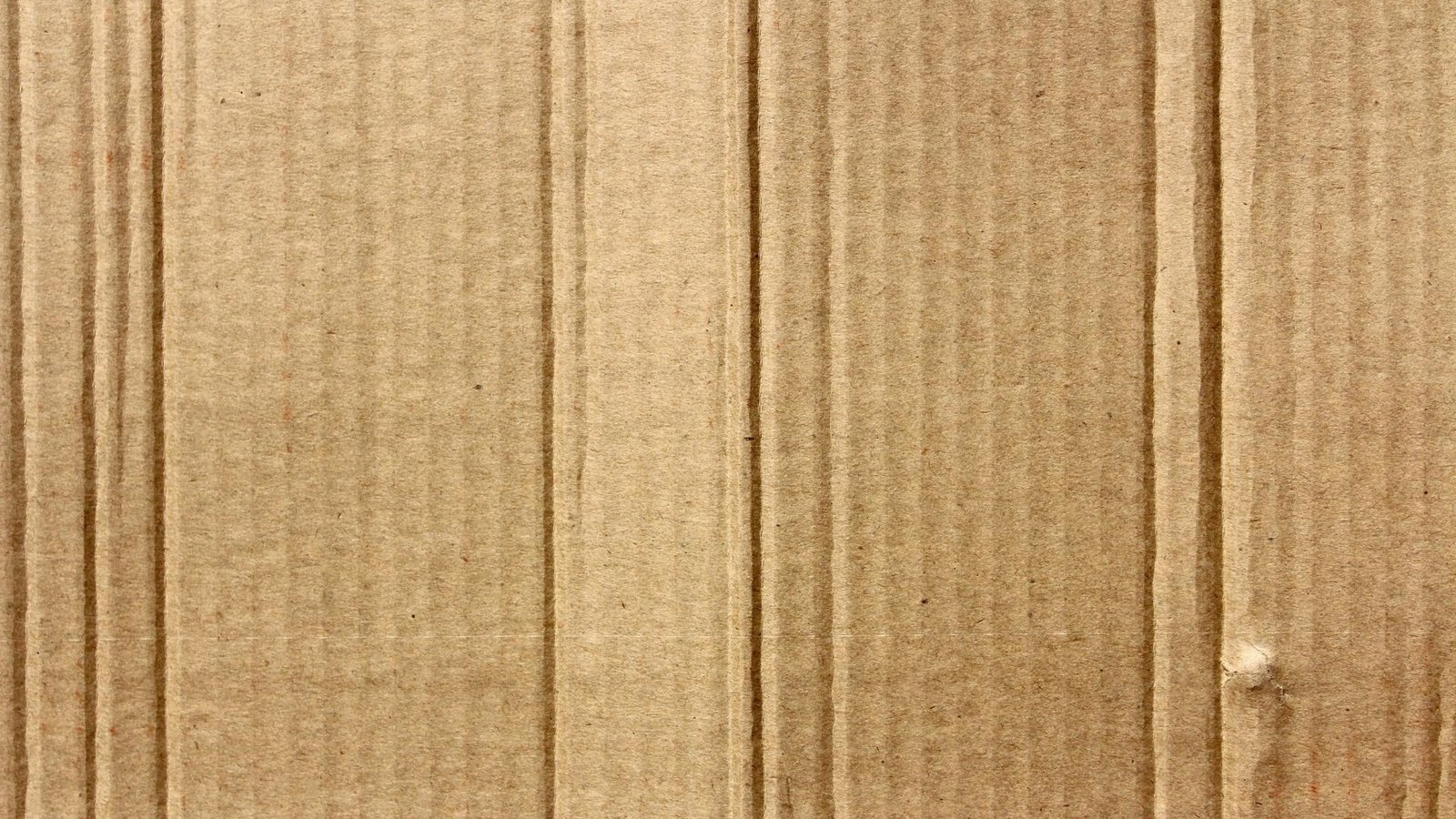
CONCLUSION:
Cardboard – an everyday item with extraordinary potential in the world of mycology. As you embark on this journey, remember that the 🍄Mushroom Network stands beside you, a beacon in the expansive realm of fungi cultivation. From enlightening articles and courses at the 🍄 Mushroom Academy to a curated range of genetics and substrates, we champion your mycological aspirations. Let’s redefine recycling and together, mold the future of sustainable mushroom cultivation.
Don’t forget to check out the 🍄 Mushroom Network’s Marketplace to see what’s available. But hurry, our shelves are constantly evolving, and you wouldn’t want to miss out on this wonderful mushroom. Join our growing network of Patrons, Genetics, and Mycologist Vendors only on the 🍄 Mushroom Network!
Recommended Reads:
The Pioneers of Mycoremediation: Fungi as Environmental Saviors
In the vast, interconnected web of life on Earth, fungi are more than mere spectators....
Read More...Turkey Tail (Trametes Versicolor)
Welcome to the enchanting world of Turkey Tail mushrooms, where the beauty of nature meets...
Read More...10-Minute Portobello Pizzas – The Guilt-Free Pizza
About This Article: Who said pizzas are junk food? Meet the 10-minute Portobello pizza—where Italian...
Read More...Outdoor Mushroom Cultivation: Harnessing Nature’s Power
The world of mycology unfolds a panoply of fascinating aspects, not least of which is...
Read More...Whoa there, Spore Sport! 🍄 Looks like you’re not logged in yet. Don’t you know what you’re missing? MYCO-CREDITS! Imagine all the fungal fun you could have. It’s like finding a Morel in May and not picking it. Tragic, right? Log In or Become a Myco-Patron and start racking up those credits. It’s more rewarding than finding a mushroom in your backyard! 🌟🏡
